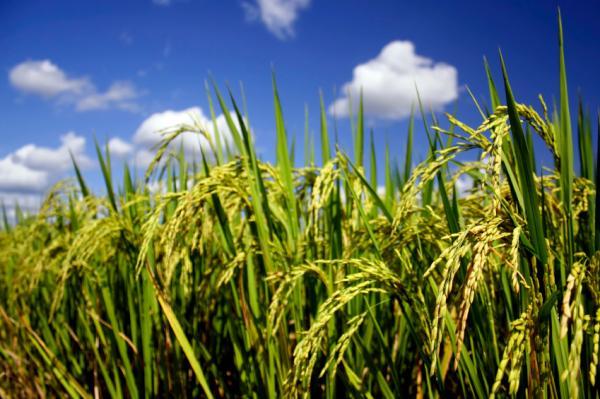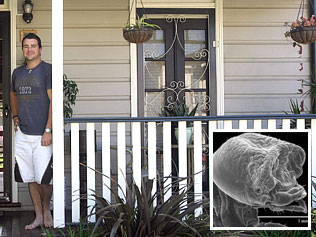
© iStockphotoRice growing.
When it comes to plants' innate immunity, like many of the dances of life, it takes two to tango. A receptor molecule in the plant pairs up with a specific molecule on the invading bacteria and, presto, the immune system swings into action to defend against the invasion of the disease-causing microbe.
Unwrapping some of the mystery from how plants and bacteria communicate in this dance of immunity, scientists at the University of California, Davis, have identified the bacterial signaling molecule that matches up with a specific receptor in rice plants to ward off a devastating disease known as bacterial blight of rice.
The researchers, led by UC Davis plant pathologist Pamela Ronald, will publish their findings in the Nov. 6 issue of the journal
Science.
"The new discovery of this bacterial signaling molecule helps us better understand how the innate immune system operates," Ronald said.

